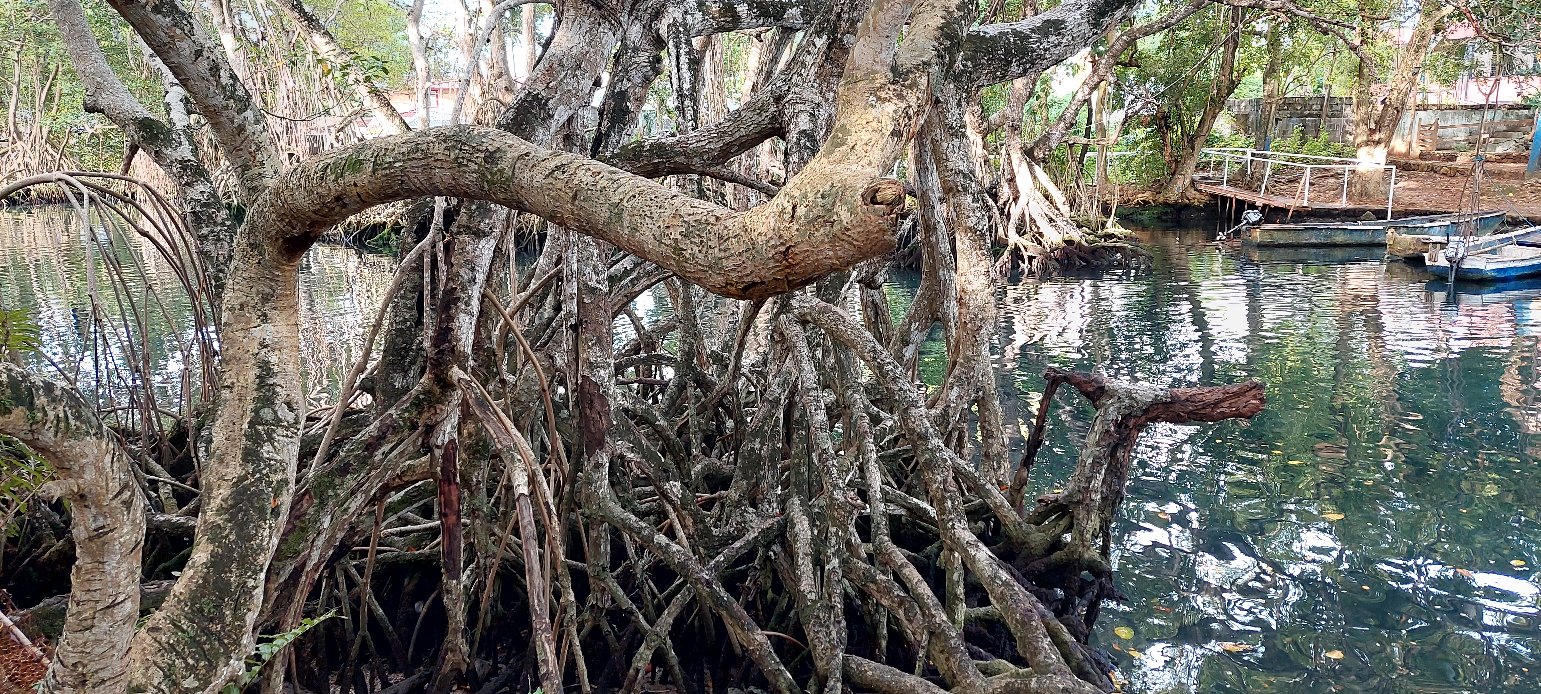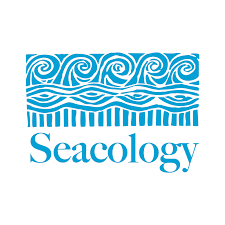Improving Mangrove Conservation Awareness Through Youth Sports in the Dominican Republic

In partnership with IPA, Grupo Jaragua, and Seacology, researchers conducted a randomized evaluation to assess whether integrating mangrove conservation workshops for youth sports clubs could enhance ecological awareness and promote conservation behaviors. The workshops changed youth knowledge and attitudes about mangroves and also influenced their friends and parents to support mangrove conservation. However, the workshop had limited impacts on changing day-to-day environmental behaviors or interest in buying conservation-friendly products.
Coastal mangroves are vital habitats for marine wildlife and also serve as the first line of defense for communities against the effects of climate change. However, mangroves are being lost at a higher rate around the world than any other kind of tropical forest.1 In the Dominican Republic, where 70 percent of the population faces flood and storm risks, mangrove coverage has declined by one-third over the past fifty years.2 One of the many factors for this loss may be limited community awareness about mangroves’ ecological importance. Given that youth sports are popular in the country, and existing research suggests that youth environmental education can influence household behaviors,3 there is an opportunity to evaluate whether engaging youth sports teams in mangrove conservation education could help protect these essential ecosystems.
In partnership with IPA, Grupo Jaragua, and Seacology, researchers conducted a randomized evaluation to measure whether conservation workshops for youth sports teams encouraged mangrove conservation efforts in the community. In the workshop, boys’ baseball teams and girls’ basketball and volleyball teams went on field trips to a mangrove and learned about them from biologists and then participated in a conservation activity. After completing the workshop, they received sports equipment. Researchers assessed both youth and their parents across multiple dimensions, including knowledge of mangroves, environmental attitudes, preference towards mangroves, and environmental behaviors. The intervention involved 28 youth sports teams, who were randomly assigned to the following groups:
- 50 percent workshop: Half of the kids in each club participated in the conservation workshop while the other half participated in a workshop about art appreciation
- 75 percent workshop: 75 percent of the kids in each club participated in the conservation workshop while 25 percent participated in the art appreciation workshop.
- Comparison: All of the kids in the clubs participated in the art appreciation workshop.
Following this, researchers offered youth and parents mangrove honey at a randomly drawn price to assess whether the workshop impacted how much they valued products that support mangrove conservation.
The conservation workshop improved mangrove conservation awareness, suggesting that environmental education in existing youth groups can be an effective method for conservation efforts. Between 8 and 21 months after the workshop, youth improved their knowledge about mangroves and improved attitudes towards mangroves, with notable gender differences—girls had greater knowledge gains while boys had more positive general environmental attitudes. Overall, youth wanted more mangroves in their communities, and their initial associations with mangroves shifted from being negative or about tourism to being nature-based. There was no change in positive daily environmental behaviors including turning off the television or radio and not using a plastic bag, but youth did reduce their littering.
The workshop’s positive impacts spread to others in the community. In the sports clubs where 75 percent of the kids participate in the workshop, their peers wanted more mangroves. Parents experienced even stronger impacts, becoming more likely to support government investments in mangroves and to adopt positive daily environmental behaviors. Mothers in particular had large improvements in general environmental attitudes.
Sources
1. Bhowmik, Avit K., Rajchandar Padmanaban, Pedro Cabral, and Maria M. Romeiras. "Global mangrove deforestation and its interacting social-ecological drivers: A systematic review and synthesis." Sustainability 14, no. 8 (2022): 4433.
2. Seacology, “Youth sports programs drive conservation across Latin America,” Seacology, 26 January 2022, https://www.seacology.org/2022/01/mangroves-youth-sports-conservation/
3. Jaime, Marcela, César Salazar, Francisco Alpizar, and Fredrik Carlsson. "Can school environmental education programs make children and parents more pro-environmental?." Journal of Development Economics 161 (2023): 103032.
Nakasone, Eduardo, and Maximo Torero. "Agricultural extension through information technologies in schools: Do the cobbler's parents go barefoot?." (2016).
Implementing Partner

Funding Partner












